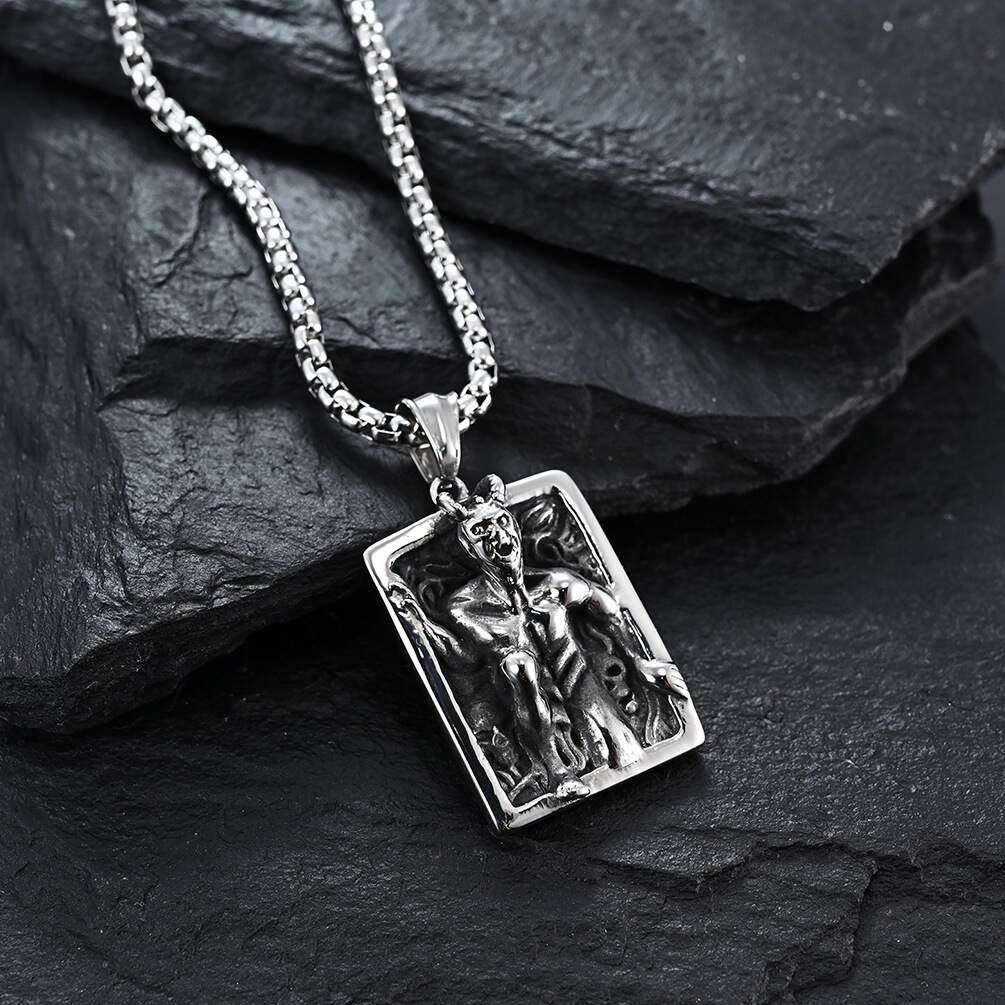
Email format error
Email cannot be empty
Email already exists
6-20 characters(letters plus numbers only)
The password is inconsistent
Email format error
Email cannot be empty
Email does not exist
6-20 characters(letters plus numbers only)
The password is inconsistent


Jewelry has been an integral part of human culture for centuries, serving not only as adornment but also as a means of expression, status, and even currency. Among the various types of metals used in jewelry-making, 925 jewelry, commonly known as sterling silver, holds a significant place due to its combination of beauty, durability, and affordability.
The use of silver dates back thousands of years, with archaeological evidence suggesting its use in ancient Mesopotamia and Egypt as early as 4000 B.C. Silver was prized not only for its beauty but also for its relative rarity. However, pure silver is too soft for practical use in jewelry-making and other applications.
In the 12th century, the term "sterling" began to emerge in England, referring to a specific standard of silver purity. By the 13th century, the English government mandated that all silver coins be minted from sterling silver, which is composed of 92.5% silver and 7.5% other metals (usually copper). This alloy created a stronger and more durable metal suitable for various applications, including jewelry.
The popularity of sterling silver in jewelry-making skyrocketed during the Renaissance, when artisans began to craft intricate designs that showcased the metal’s beauty. Its affordability compared to gold allowed more people to access and wear jewelry, leading to a democratization of adornment.
The emergence of 925 jewelry set distributors has transformed the way consumers access sterling silver jewelry. These distributors bridge the gap between manufacturers and retailers, ensuring that high-quality products reach the market. By understanding market trends and consumer preferences, they help shape the offerings of jewelry brands, making it easier for customers to find the pieces they desire.
The hallmark of 925 jewelry lies in its composition. The term “925” indicates that the piece contains 92.5% pure silver, with the remaining 7.5% typically made up of copper or other metals. This composition provides the strength needed for jewelry while retaining the aesthetic appeal of silver.
When shopping for 925 jewelry, it is essential to look for the "925" stamp, which guarantees the silver's purity. Other markings, such as "sterling" or "ster," can also signify the same standard. It’s important to note that items labeled as "silver-plated" or "silver-filled" do not meet this standard, as they contain significantly less silver.
When assessing the quality of 925 jewelry, consumers should consider several factors:
Hallmarks and Stamps: Genuine 925 jewelry will always bear a stamp indicating its purity. Reputable manufacturers often have unique symbols alongside the "925" stamp to authenticate their products.
Visual Indicators: High-quality sterling silver should have a bright, shiny finish. A piece that appears dull or discolored may indicate poor quality or the presence of lower-grade materials.
Weight and Feel: 925 jewelry tends to have a substantial weight compared to lower-quality pieces. When picking up a piece, it should feel sturdy and well-crafted, not flimsy or overly light.
Craftsmanship: Quality craftsmanship is crucial in identifying good 925 jewelry. Look for well-defined details and a smooth finish, which indicate a higher level of skill in the creation process.
Consumers benefit from purchasing through 925 jewelry set distributors that prioritize quality. These distributors often work closely with manufacturers to ensure that their products meet high standards, providing customers with the confidence that they are buying genuine 925 jewelry. Distributors may also offer guarantees or return policies, further enhancing customer trust.

To maintain the beauty and shine of 925 jewelry, proper cleaning and maintenance are essential. Over time, sterling silver can tarnish due to exposure to air, moisture, and chemicals. Here are some tips for cleaning and maintaining 925 jewelry:
Regular Cleaning: Use a soft, lint-free cloth to gently wipe down the jewelry after wearing it. This helps remove any oils or dirt that may accumulate.
Cleaning Solutions: For more thorough cleaning, use a mild soap solution (like dish soap) and warm water. Soak the jewelry for a few minutes, then gently scrub with a soft brush (like a toothbrush) before rinsing and drying it.
Avoid Harsh Chemicals: Never use bleach or ammonia-based cleaners on silver, as they can damage the metal. Also, avoid using abrasive materials that can scratch the surface.
Proper storage is crucial in preventing tarnish and damage to 925 jewelry. Here are some effective storage tips:
Use Anti-Tarnish Bags: Store jewelry in anti-tarnish pouches or bags, which can help minimize exposure to air and moisture.
Separate Storage: Keep pieces separate from one another to avoid scratching. Using individual compartments in a jewelry box is a great way to achieve this.
Avoid Humidity: Store jewelry in a cool, dry place. High humidity can accelerate tarnishing, so consider using silica gel packets in your storage area to absorb moisture.
925 jewelry set distributors often play a key role in educating consumers about proper care and maintenance. Many distributors provide care instructions with their products, helping customers understand how to maintain their jewelry’s beauty. Additionally, some distributors may host workshops or offer online resources to teach customers about caring for their sterling silver pieces.
In summary, 925 jewelry, with its rich history and high-quality standards, remains a beloved choice among consumers. The role of 925 jewelry set distributors is crucial in ensuring the availability of quality products and educating customers about care and maintenance. Understanding the target audience, including age groups, income levels, cultural influences, and behavioral insights, allows distributors to tailor their strategies effectively.